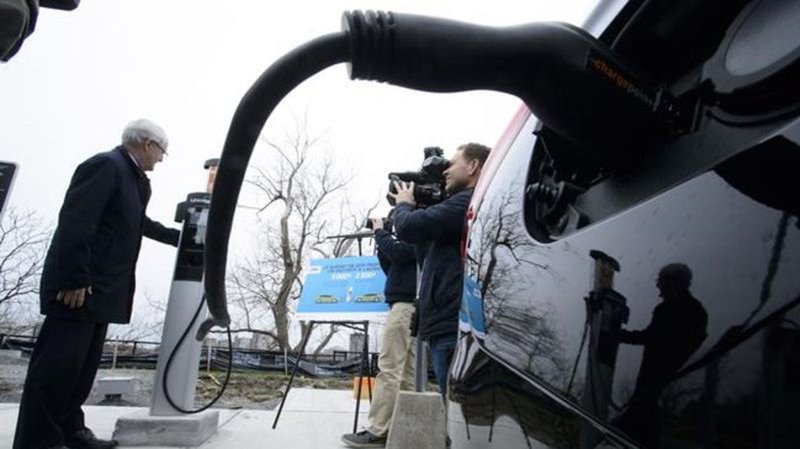
Canada not on track to hit its first electric car target in 2025
OTTAWA — National cash rebates convinced more Canadians to buy an electric car in the last 18 months, but Transport Canada says it won’t be enough to hit the first zero-emission vehicle sales targets in 2025.
Transport Canada set targets to have 10 per cent of all light-duty cars be electric by 2025, 30 per cent by 2030 and 100 per cent by 2040. The most recent analysis suggests Canada will only reach between four and six per cent by 2025 and 10 per cent by 2030.
To get there, the federal government introduced the cash rebates for purchases, as well as millions of dollars to build more charging stations, tax credits for businesses that buy electric cars for their fleets and an effort to have automakers set voluntary sales quotas.
Megan Nichols, the director general of environment policy at Transport Canada, told the House of Commons environment committee in late October that sales have been rising but there are efforts underway to see what else needs to be done.


